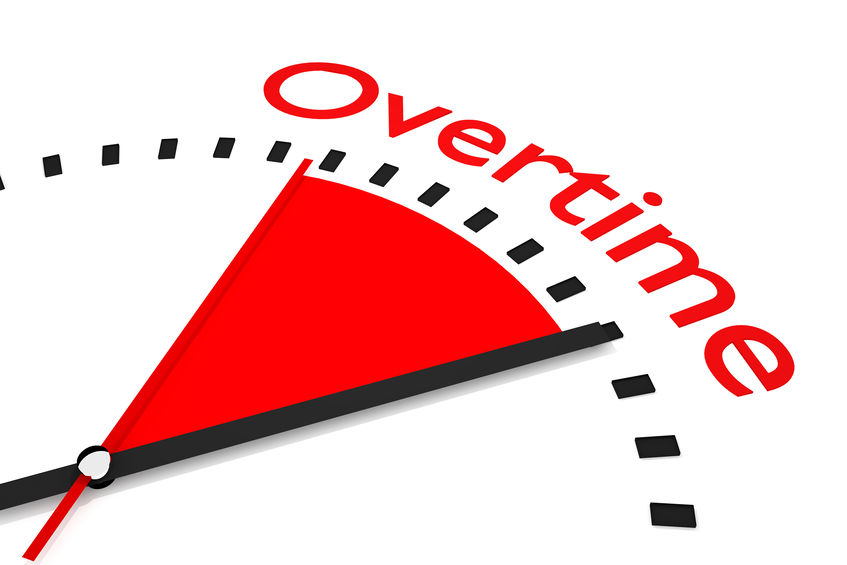Home Care Overtime Review
Tom Voiles, president of Shoshana Technologies, makers of the Rosemark System, offers these words about Home Health Care Industry and Overtime.
These days, the Caregiver Shortage is the topic that has everyone’s attention and raises the most fear among home care agency owners and staff. Back in 2014, the imminent removal of the Overtime and Minimum Wage Exemption was front and center.
While most home care agencies were paying at or above the minimum wage, not having to pay overtime to caregivers was baked into the financial and operational structure of most agencies. I remember a lot of worried (sometimes even panicked) conversations taking place as people grappled with the changes wrought by updates to the FLSA (Fair Labor Standards Act).
As people have grown accustomed to the new normal, Overtime has settled into the background, but it remains an area that is confusing and difficult to manage in the Home Care setting, so it’s worth a review.
As always when talking about such things, I have to remind you that I am not an attorney, nothing stated here should be seen as a recommendation to do a particular thing in your specific agency. When in doubt, consult a good Wage & Hour attorney.
Concept and Reality
The concept of Overtime is pretty simple: all caregivers must be paid “one-and-a-half times their regular rate of pay” for hours over 40 in a week. But what is the “regular rate of pay” when different shifts have different rates? And what about States that have Daily Overtime laws? And what about Live-Ins? The realities of Home Care do not fit very well in the “simple” concept of Overtime.
Cost and Risk of Overtime to Home Care Agencies
As in most business-related activities, dealing with Overtime is a matter of managing costs and risks. Establishing policies that apply as evenly as possible and truly seek to comply with the letter and spirit of the law while controlling costs is the challenge. You can reduce risk, but you cannot eliminate it entirely.
Reducing scheduled hours, lowering base rates, eliminating certain service lines, and raising bill rates are the most common approaches taken to reduce the financial burden.
You may find it useful to read an article that I wrote back in 2015 on Overtime and Travel (with a review by Eileen Maguire, a Wage and Hour law attorney with The Gilliland Law Firm, PC in Indianapolis, IN). The article originally appeared in the Home Care Benchmarking Study (by Home Care Pulse and the HCAOA).
Home Care Owners and Managers: Some Rules of Thumb to Consider
- Always pay for all time worked. When in doubt, over-pay!
- Use an average rate, not the rate of the last shifts in the week. More confusing, but much more compliant.
- Include all money paid, including bonuses, travel time, etc., when figuring the average rate.
- Check the specific Overtime laws in your State and compare them against the Federal standards. Use the one that is most stringent (i.e. advantageous to the Caregiver)
- If you do Live-ins, seek specific advice on how to handle this in your State.
- If you have staff who are salaried, be sure you are in compliance with the salaried exemption rules in your State. You may owe them Overtime!
- Avoid any policies that could be interpreted as designed to avoid paying wages that are rightfully due.
- In light of the Caregiver Shortage, you might find a way to turn paying overtime into a competitive advantage: letting caregivers know that, if they want to earn extra money, you will schedule Overtime for them, when possible.
Disclaimer
The opinions expressed here are the personal opinions and observations of the author. This information is offered for perspective; it in no way constitutes a recommendation about what is right for your agency. We strongly recommend that you speak with a good labor law attorney to be sure you remain compliant.
